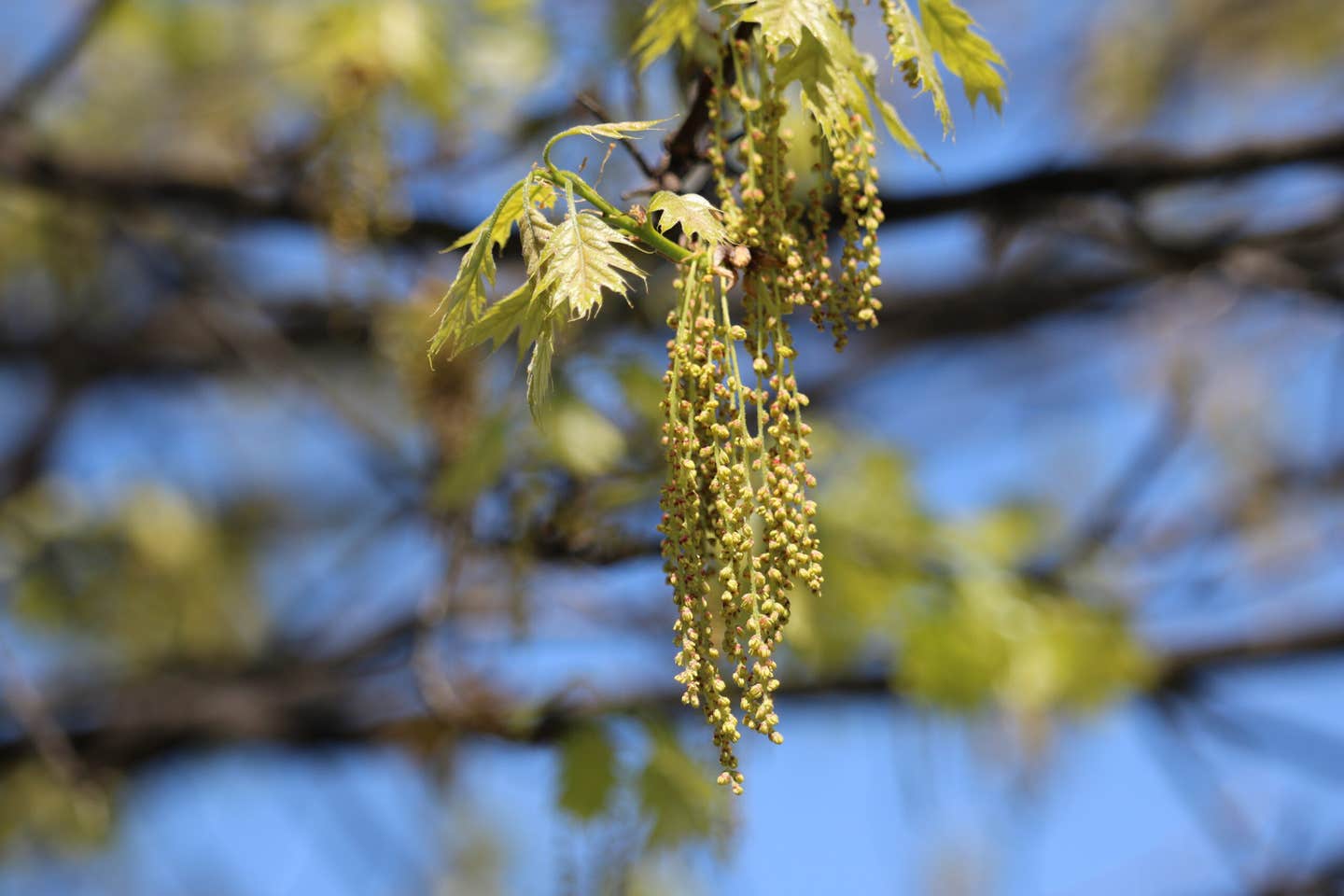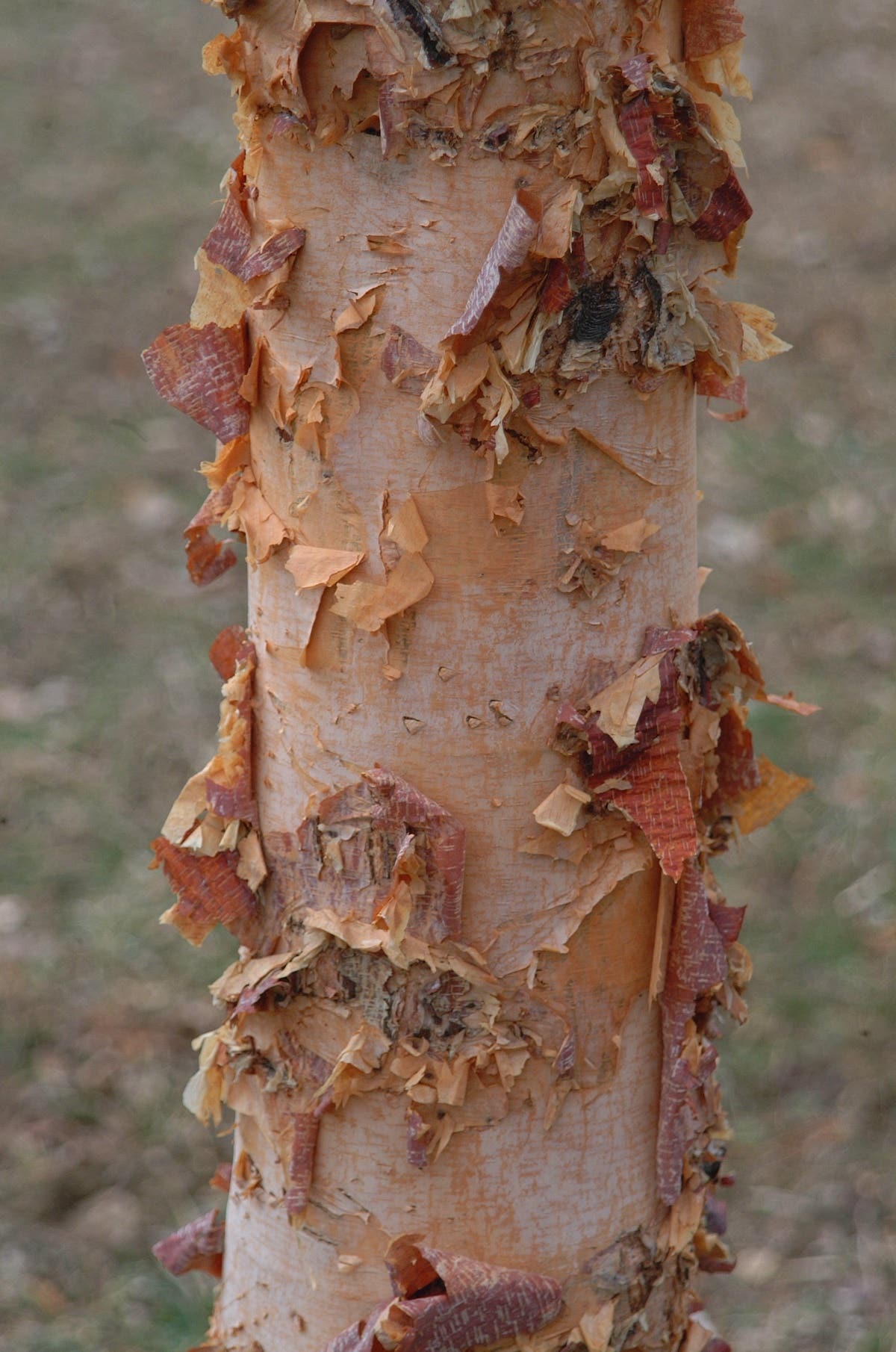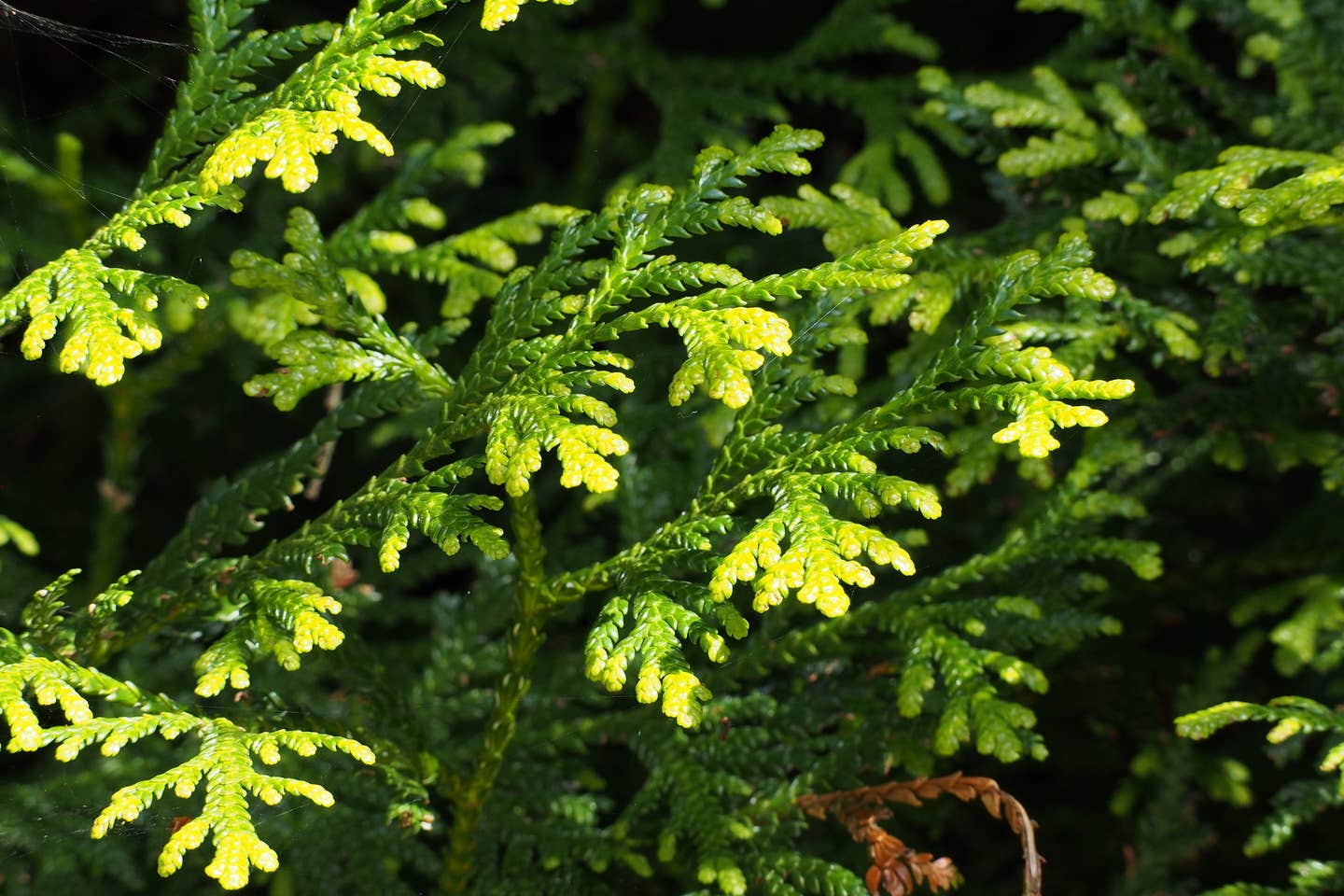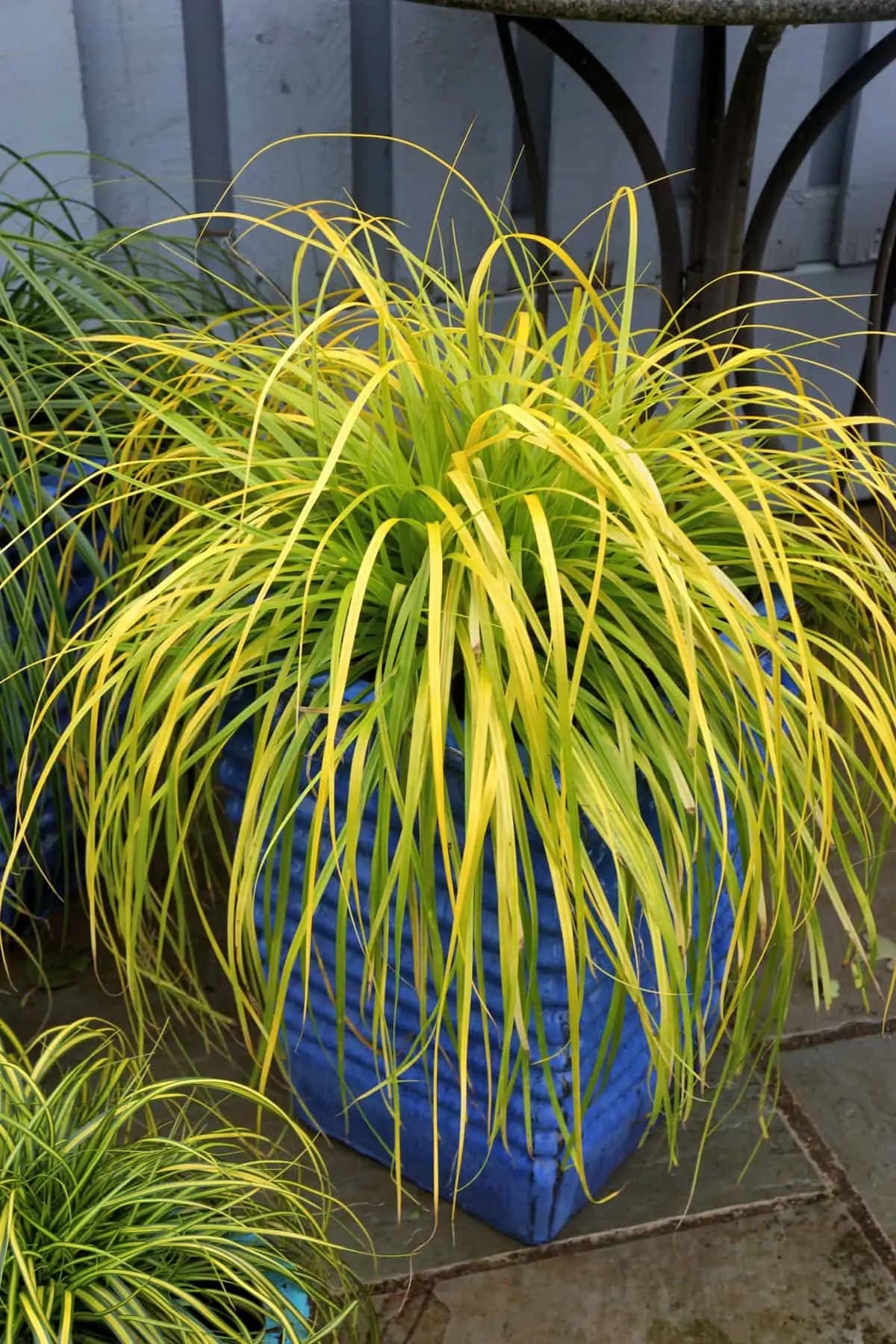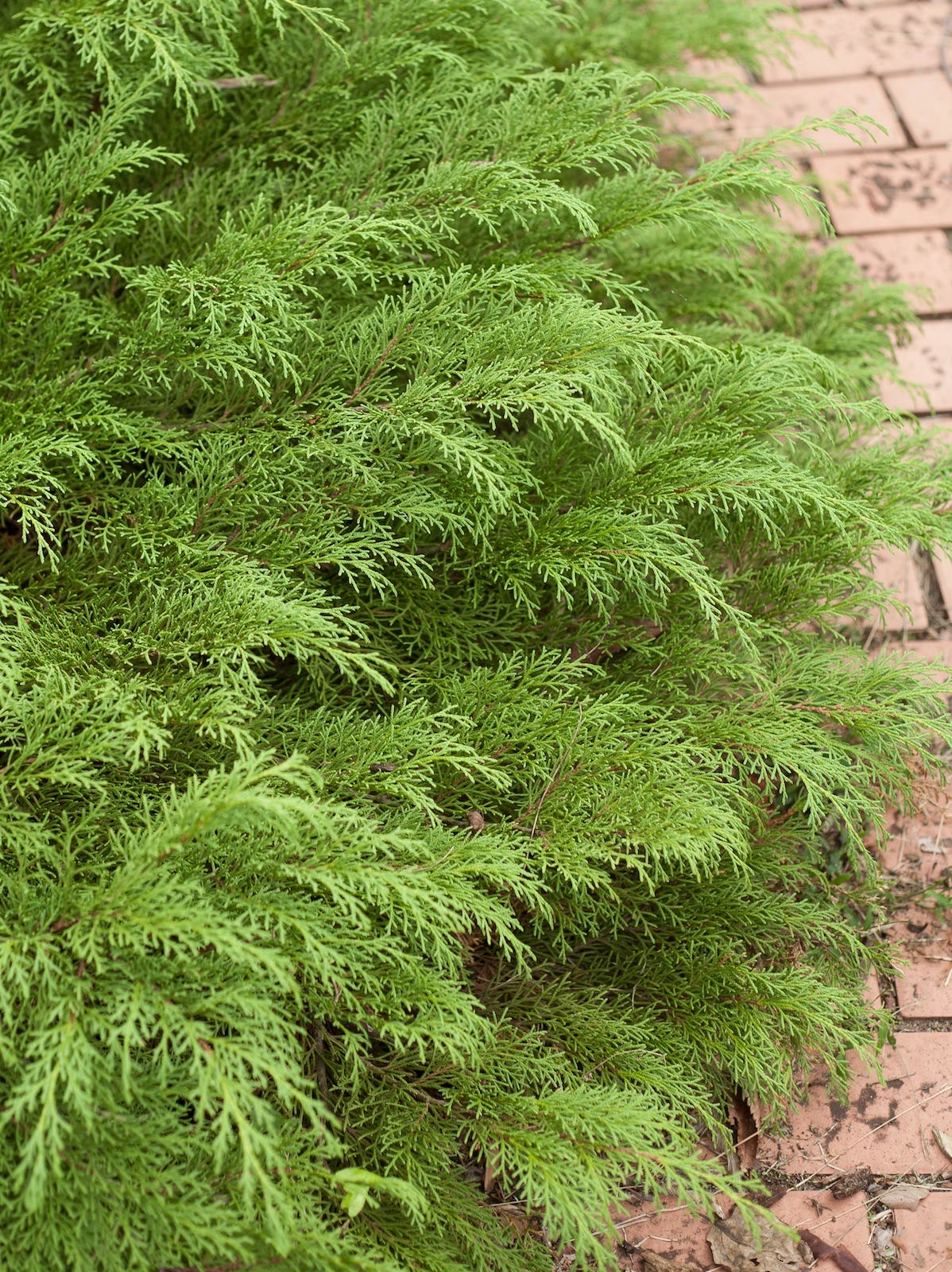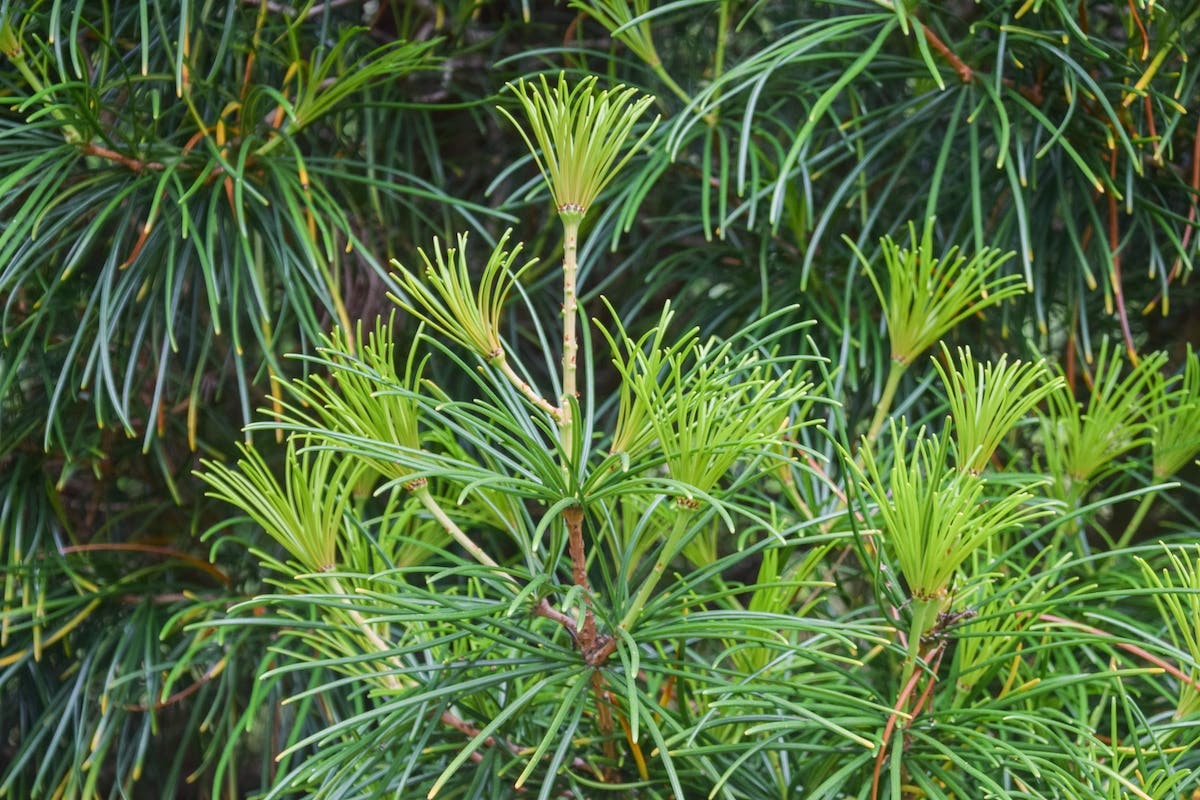The Echinacea Factor
Unless you pulled a mini Rip Van Winkle over the last four years, you’ve watched a revolution take place in the genus Echinacea. We now enjoy orange and peach petals, sweet fragrance and more. From where did these extreme echinaceas come? Here’s a brief history.
Unless you pulled a mini Rip Van Winkle over the last four years, you’ve watched a revolution take place in the genus Echinacea. We now enjoy orange and peach petals, sweet fragrance and more. From where did these extreme echinaceas come? Here’s a brief history.
Echinacea purpurea, the purple coneflower, was recognized as a top-10 perennial a couple decades ago. Eager gardeners then began the search for other appealing native coneflowers. Gold-flowered E. paradoxa was the biggest surprise, but we also flocked to fluttery-petaled pale purple E. pallida, and similar-looking E. angustifolia.
With a golden coneflower in the picture, it’s little wonder that enterprising plant breeders envisioned a brave new world for echinaceas. Yet surprisingly, Richard Saul, co-introducer of the Big Sky Echinacea series, had something other than colorful hybrids in mind when he first began making crosses in the mid-1990s. Richard and his brother Bobby, co-owners of Itsaul Plants in Atlanta, Georgia, were annoyed by winter losses among their container-grown purple coneflower. They made it their mission to transfer golden coneflower’s tolerance for winter’s temperature fluctuations and moisture into their purple coneflower stock. Richard shared seeds of his original crosses with Tony Avent, owner of Plant Delights Nursery, who was startled to find a lemon-yellow coneflower (later introduced as E. ‘Paranoia’) among his seedlings. Hearing the news, the brothers abandoned container-hardiness as a breeding goal and focused on creating new coneflower colors.
Dr. Jim Ault, Director of Environmental Horticulture at the Chicago Botanic Garden in Illinois, also initiated an echinacea breeding program in the mid-90s, with the goal of producing floriferous interspecies crosses in novel shades. Ault hoped to endow his hybrids with increased drought and cold tolerance that would lead to greater longevity in the upper Midwest.
Hard work pays off
Fast-forward to 2004, when Ault and the Saul brothers rocked the gardening world with echinaceas in never-before-seen colors. Ault introduced Orange Meadowbrite (‘Art’s Pride’) which grows to 30 inches tall and produces electric red-orange blossoms with slim reflexed petals that suggest E. angustifolia or E. pallida heritage. Richard and Bobby Saul brought to market the first of their Big Sky Echinacea series: soft yellow Sunrise, which bears pale lemon-frosting petals and the terra-cotta pink Sunset. (See At a Glance: Colorful Coneflowers, for more varieties from these two growers.)
Improved purple coneflowers have hit the market, too, with dazzling cultivars coming from both American and European growers. In Oregon, plant breeder and nursery owner Dan Heims is striving for plants with strong side branching, high bud count, delectable fragrance and overlapping petals that cure the gap-toothed look of many echinacea selections.
Heims considers E. ‘Ruby Giant’, a clonal selection made from the seed strain ‘Rubinstern’, the epicenter of his breeding program. It’s a formidable three-foot-tall plant whose five-inch flat-faced blooms bear a double row of rich magenta-rose petals. His ‘Fragrant Angel’ is the best white-petaled echinacea available, with honey-sweet five-inch flowers on three-foot stems. Echinacea purpurea ‘Hope’ bears soft pink blooms and has the distinction of being part of the “Plant for the Cure” program sponsored by the Susan B. Komen Breast Cancer Foundation (komen.org).
European introductions
Echinacea purpurea ‘Pink Double Delight’, from the Netherlands, bears a single row of bubblegum pink petals surrounding a cone packed with starry blossoms of deeper foxglove pink. It’s a magnificent selection, two feet tall and extremely floriferous, with flowers appearing from early summer until frost. The 26-inch-tall ‘Fatal Attraction’, introduced by famed Dutch plantsman Piet Oudolf, is a zesty magenta-purple cultivar with inky black stems. The British introduction ‘Elton Knight’ produces a strong-stemmed 20-inch plant with saturated raspberry-mauve blossoms. Its exceptional form and color have earned it the Royal Horticultural Society’s Award of Garden
Merit. Nearly three-foot-tall E. purpurea ‘Vintage Wine’, another Oudolf selection, also has excellent color saturation but with a difference: it bears one-inch magenta-purple petals held horizontally, surrounding a flaming orange two-inch cone. It’s a fun new look for echinaceas, which typically bear petals much bigger than their cones.
What lies ahead
Jim Ault is directing his efforts toward developing colorful coneflowers that share the compact habit and ultra-tough, repeat-flowering characteristics of Pixie Meadowbrite (‘CBG Cone2’). He’s evaluating several hybrids for possible introduction in 2009, plants that would address the nursery industry’s concern with lanky cultivars that break during shipping. The Saul brothers share similar goals—they’re lining up a new series that offers stockier plants with multiple side shoots and summer-to-frost bloom. And all of the breeders hope to solve the one unfortunate drawback of these great new colors: their tendency to fade quickly in heat. (Tip: Frequent deadheading promotes fresh vibrant blooms.)
Echinacea breeders agree that this is just the first wave of excitement and predict that a decade from now we’ll enjoy even better coneflowers based on these early introductions. In the meantime, Ault suggests that home gardeners join the fun by planting a mix of new cultivars and seeing what seedlings emerge. Not bound by the restrictions of producing shorter plants that ship well in pots, you may develop a towering strain of intensely fragrant, 40-inch-tall Echinaceas with overlapping, nonfading, hot orange petals. And that would be cool, in the extreme.
Elements of Echinacea: Learn about Echinacea’s medicinal properties. Plus, try a virus fighter or stress-buster tea using Echinacea. Click Here


